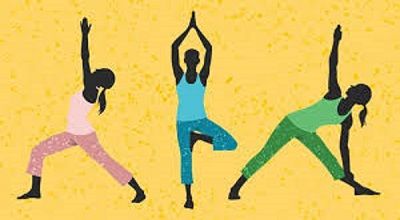Introduction to Yoga
Yoga is an ancient practice that originated in India and has been evolving for thousands of years. The word “yoga” is derived from the Sanskrit root “yuj,” meaning to yoke or unite, reflecting its aim to bring together the mind, body, and spirit. It is a holistic system that encompasses various physical, mental, and spiritual disciplines.
Historical Background:
Yoga’s origins can be traced back to ancient Indian scriptures, particularly the Vedas and Upanishads, where it was initially developed as a spiritual and philosophical practice. The most well-known text on yogga is the “Yogga Sutras” of Patanjali, compiled around 2,000 years ago. Patanjali’s work outlines the eight limbs of yoga, providing a comprehensive guide to ethical and spiritual living.
Eight Limbs of Yoga:
- Yamas (Ethical Principles): Moral restraints, including non-violence, truthfulness, non-stealing, continence, and non-possessiveness.
- Niyamas (observances): personal observances, such as cleanliness, contentment, self-discipline, self-study, and surrender to a higher power.
- Asanas (Physical Postures): The physical poses or postures practiced to improve strength, flexibility, and balance.
- Pranayama (breath control): techniques focusing on breath regulation to enhance vitality and mental clarity.
- Pratyahara (Withdrawal of Senses): turning the senses inward to quiet external distractions.
- Dharana (concentration): cultivating focused attention on a single point.
- Dhyana (meditation): the continuous flow of concentration leading to a state of meditation.
- Samadhi (union): the ultimate state of blissful awareness and oneness with the universe.
Types of Yoga:
- Hatha Yoga: It focuses on physical postures and breath control, making it a popular choice for beginners.
- Vinyasa yoga emphasizes the coordination of breath and movement in a flowing sequence of poses.
- Ashtanga yogaa is a dynamic and physically demanding practice involving a set series of poses with synchronized breaths.
- Iyengar Yogaa emphasizes precision and alignment in poses, often using props like belts and blocks.
- Kundalini Yoga is a spiritual practice combining dynamic movements, breathwork, and meditation to awaken the dormant energy at the base of the spine.
- Bikram Yoga involves a series of 26 poses practiced in a heated room to promote flexibility and detoxification.
Benefits of Yoga:
- Physical Health: Improves flexibility, strength, and balance.
- Mental well-being reduces stress and anxiety and promotes relaxation.
- Spiritual Growth: Fosters self-awareness and a connection to a higher consciousness.
- Holistic Approach: Addresses the well-being of the whole person—mind, body, and spirit.
Note
Yoga is a versatile practice with diverse styles, making it accessible to people of all ages and fitness levels. It has gained global popularity for its ability to enhance overall well-being and promote a harmonious relationship between the individual and the universe.
